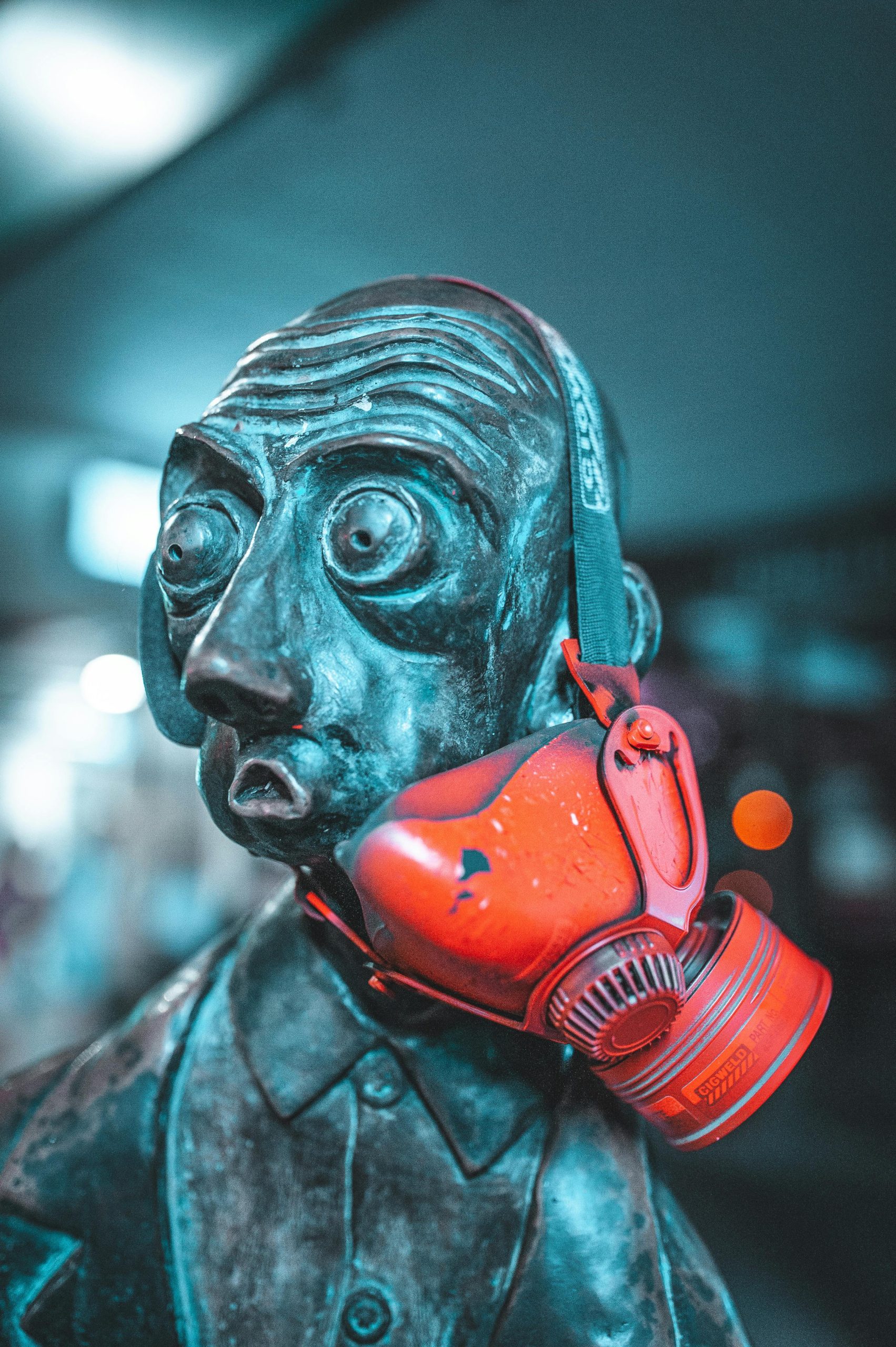Analyzing the Validity of NIST’s WTC7 Collapse Model: An Examination of Missing Data
The collapse of World Trade Center Building 7 (WTC7) on September 11, 2001, remains a topic of deep debate and scrutiny. Recently, discussions have emerged surrounding the National Institute of Standards and Technology (NIST) and the data integrity of their simulation model that aimed to explain the cause of the building’s collapse.
A significant revelation came to light in 2011 when a Freedom of Information Act (FOIA) request sought access to the fabrication and erection drawings for WTC7. The findings raised serious concerns about the thoroughness of NIST’s analysis. Specifically, it was discovered that the organization had left out critical information linked to the girder seat width, girder web stiffeners, lateral support beams, and shear studs. These omissions are crucial, as they appear to conflict with NIST’s assertions regarding the initiation of the collapse.
The technical details underpinning these claims are noteworthy. Analysis of the computer model employed by NIST reveals discrepancies, particularly concerning the treatment of Column 79. Its original design included raised edges for stiffeners and stiffener web plates that would seemingly prevent any sliding of the girder off the column, contrary to NIST’s explanation for the collapse mechanism. This fundamental oversight suggests that the basis for the collapse theory may not be as solid as NIST has maintained.
Critics argue that these inconsistencies reflect a deliberate adjustment of the model to fit a predetermined narrative. The absence of crucial data raises questions about the reliability of the conclusions drawn. If the structural elements had performed as designed, one might argue that the outcome could have been markedly different.
The persistent refusal to release the complete modeling data only intensifies the discourse surrounding the incident. With these findings, it is essential for both the scientific community and the public to critically examine the evidence and hold accountable those responsible for these important investigative efforts.
In conclusion, as investigations into the circumstances surrounding WTC7 continue, it is vital that discussions remain rooted in factual evidence and transparent methodologies. The implications of structural integrity and safety in building design extend far beyond this case, making it imperative to seek out the truth in the complexities of such catastrophic events.



